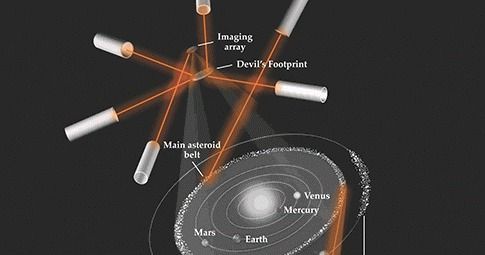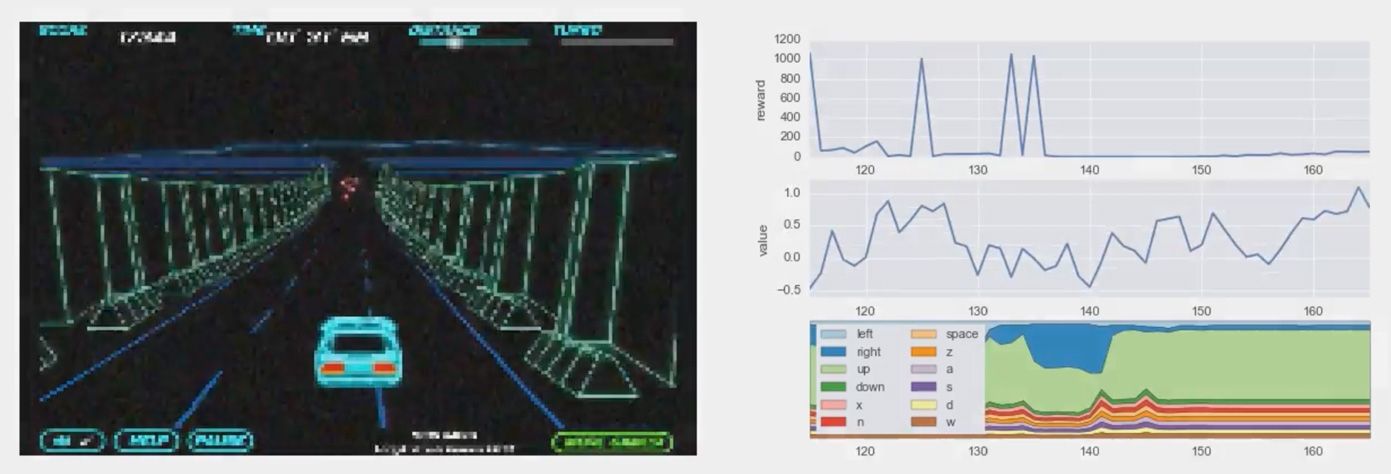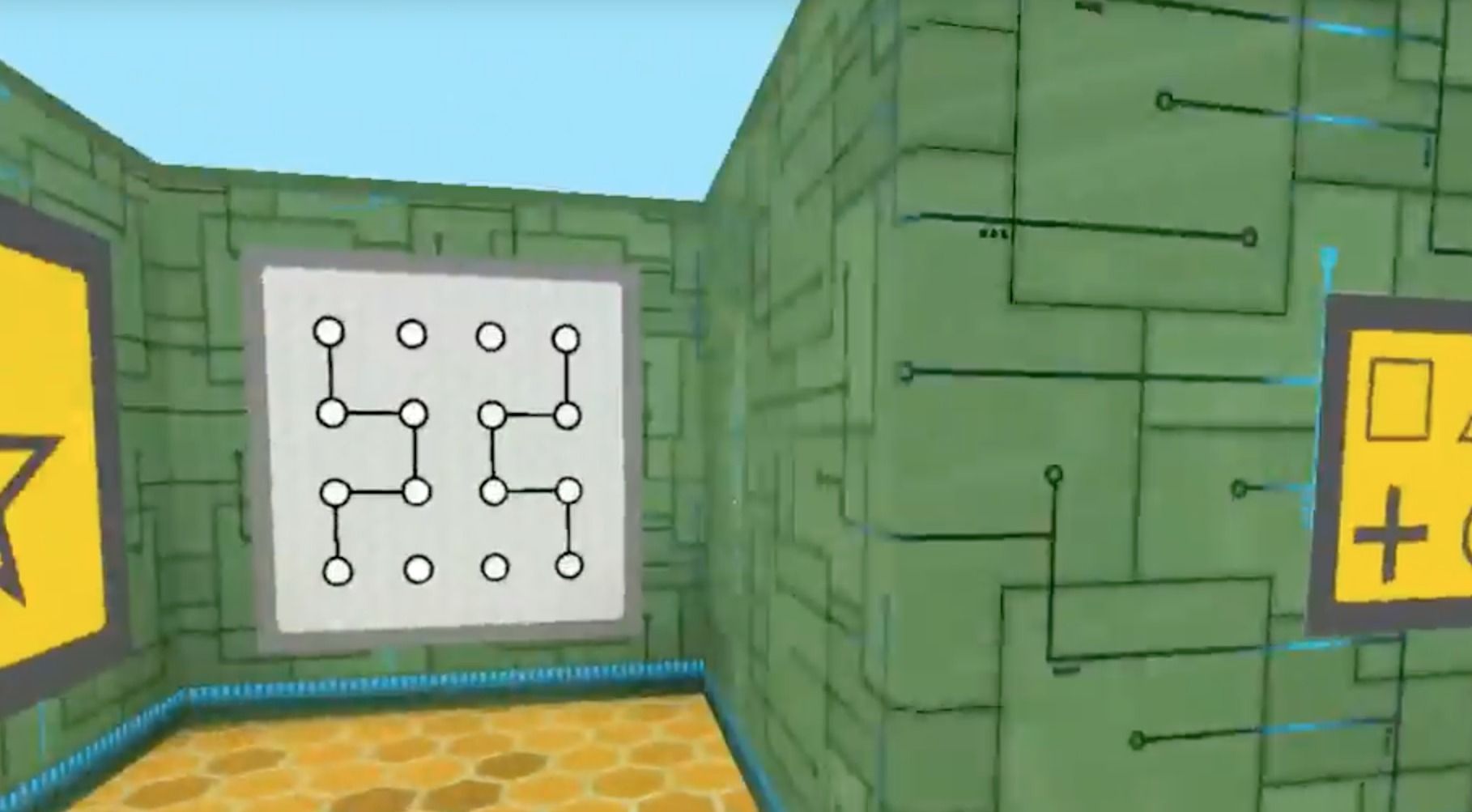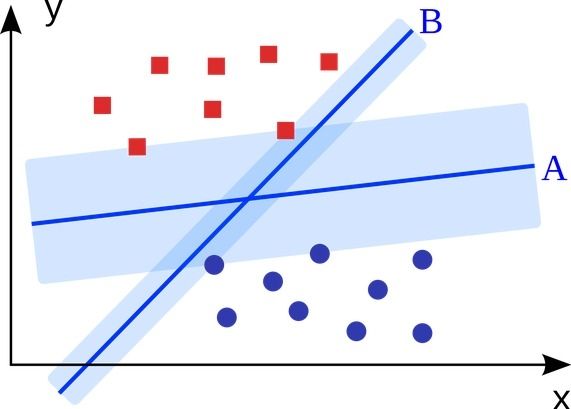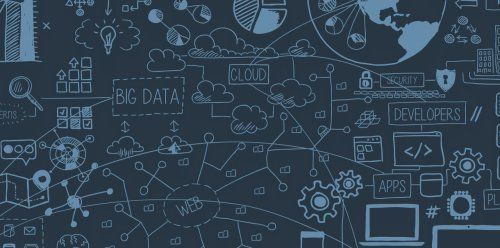Physics Today has a speculative article that proposes that laser light be used to shape and polish an asteroid to high optical standards. This could create an Asteroid Belt Astronomical Telescope (ABAT).
The Asteroid Belt Astronomical Telescope (ABAT) focuses light from laser-polished asteroids onto dual imaging arrays above and below the solar system; other intense laser pulses maneuver the arrays to different locations, thus allowing ABAT to point at multiple celestial targets. Asteroid ablation residue corralled into a pair of Devil’s Footprints shields the focal regions from solar illumination. (Courtesy of Laura Kim.)
Imagined 10 meter resolution imaging of exoplanet.
